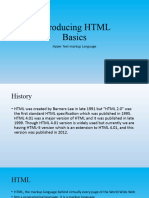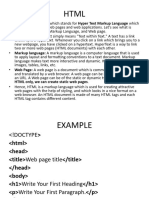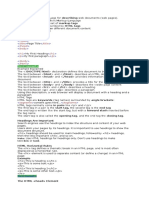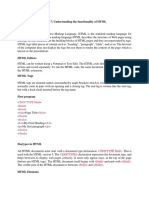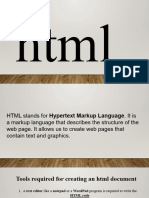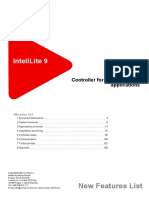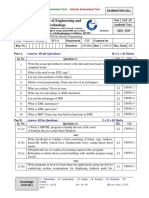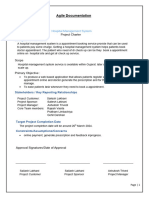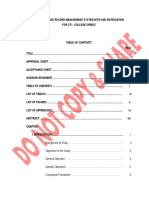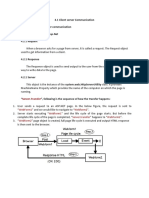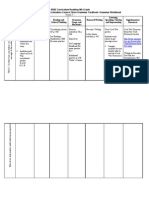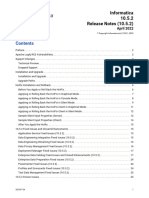0% found this document useful (0 votes)
19 views18 pagesHTML
Basics of html
Uploaded by
sanju21302130Copyright
© © All Rights Reserved
We take content rights seriously. If you suspect this is your content, claim it here.
Available Formats
Download as PDF, TXT or read online on Scribd
0% found this document useful (0 votes)
19 views18 pagesHTML
Basics of html
Uploaded by
sanju21302130Copyright
© © All Rights Reserved
We take content rights seriously. If you suspect this is your content, claim it here.
Available Formats
Download as PDF, TXT or read online on Scribd
/ 18











